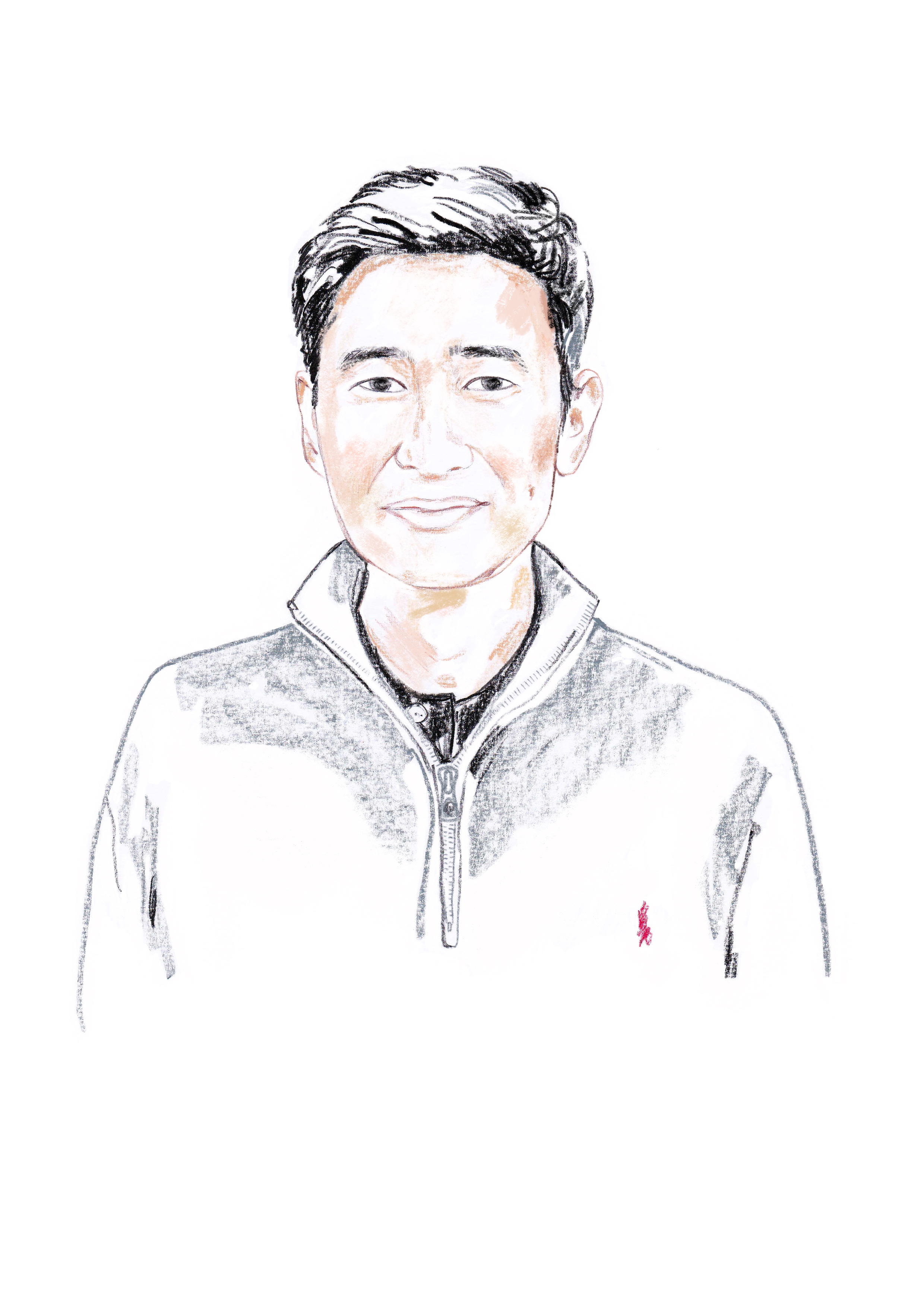TU Delft crowns best climate and energy publication
An algorithm that ensures a higher energy yield from wind farms and a study showing that not only fuel consumption but also seasonal effects play an important role in optimising flight trajectories and altitudes. In one sentence, these are the two winning publications of the Best Climate & Energy Paper Award. The award ceremony, which took place on Wednesday 15 March at TU Delft, was entirely devoted to innovations, large and small, that contribute to accelerating the energy transition and curbing climate change.
With about a thousand climate and energy scientists, TU Delft is one of the largest research institutes in Europe in this field. This gives TU Delft leverage to come up with solutions to complex and urgent climate challenges. In 2021, it was decided to make the most of this by allocating €22 million for the next ten years to the Climate Action Programme. In addition, TU Delft is investing another €100 million in making its campus more sustainable. Not to forget our thousands of students, PhDs and postdocs thanks to whom smart ideas will become even smarter, and then smart solutions. Two of them are PhD students Jin Maruhashi and Maarten van den Broek, the winners of the Best Climate & Energy Paper Award Ceremony.
Neurological machine learning model
According to Herman Russchenberg – climate researcher and jury member during the Best Climate & Energy Paper Award – the climate and energy solutions of the eight finalists were as diverse as they are creative. However, Jin Maruhashi's climate story stood out. ‘As befits engineers, we want to understand the climate problem well first. A great example of this is Jin's neurological machine learning model that allows you to map – excellently – the climate effect of aviation. With the knowledge Jin's model gives us, we hope to get a better grip on the role of nitrogen oxides (NOx) on global warming, for example.’
Energy-efficient
Kornelis Blok – Professor of Energy Systems Analysis, co-author of the most recent IPCC report and also member of the jury – on Maarten van de Broeks’ winning energy research: ‘Let's start by saying that three words are very important: accelerate, accelerate, accelerate. The world has only 20 – 30 years at most – to accelerate the energy transition and thereby get it done. That is a very short time to redevelop the entire energy system. Therefore, it is important to extract as much energy as possible from every wind turbine. And that is exactly what Maarten's research is contributing to. By positioning wind turbines, relative to each other, “differently”, you can significantly increase energy gains.’
Hurry
We need to hurry to meet the climate targets set for 2050, and things are not going fast enough, according to both Russchenberg and Blok. Russchenberg: ‘It is therefore very important to increasingly shine the spotlight on the smaller and larger solutions that will power climate action and the energy transition. The ultimate goal? A clean and safe future for everyone.’
The two winners:
Best Climate Paper – Climate neuroscience for aviation (Jin Maruhashi)
There is a knowledge gap when it comes to how non-CO2 emissions of aviation affect global warming. Jin Maruhashi put the focus on the warming effect of nitrogen oxide (NOx) emissions, which should not be neglected and currently carries large uncertainties. His detailed global-scale simulations resulted in terabytes of data. To find patterns in these data, he added a climate-warming component to an otherwise purely geometric machine learning algorithm used by neuroscientists to find nerve bundles in the brain. His analysis, for example, shows that seasonality plays an important role, and that flight trajectories coinciding with downward drafts in earth’s atmosphere have a reduced global warming effect. His research may eventually be used to optimise flight trajectories and altitudes taking into account a global warming perspective, rather than mainly fuel consumption. Next up for himself: applying the same methodology to investigate the even-less-understood climate impact of aerosols.
Read the Story of Science about Jin's publication here .
Best Energy Paper – An extra wind turbine out of thin air (Maarten van den Broek)
Variations in wind speed and wind direction put wind turbines in each others wake (“wind shadow”), limiting overall energy production. This translates into a need for simultaneous and real-time optimisation of the performance of all turbines in a wind farm. Maarten van den Broek developed a fast physics-based algorithm for wind farm flows. It can be used for optimising the direction of the rotor, thereby steering the wake away from downwind turbines, as well as optimising the angle of individual blades. Under ideal circumstances, this can increase the energy yield with up to dozens of percentage points. Over a whole year, with wind speed and direction continually varying, it may be the equivalent of an additional wind turbine per wind farm. Being physics-based, a major advantage of the (final) algorithm is that it is directly applicable to any wind farm. No wonder that many large energy companies have shown interest.
Read the Story of Science about Jin's publication here.
More information
Read more about the eight best Climate Action & Energy Papers here.
Contact
If you would like to interview Jin Maruhashi or Maarten van den Broek, or want to know more about Delft's ambitions on climate and energy topics, please contact:
• Inge Snijder, science information officer Climate & Energy, +31 (0)614759517, I.Snijder@tudelft.nl


